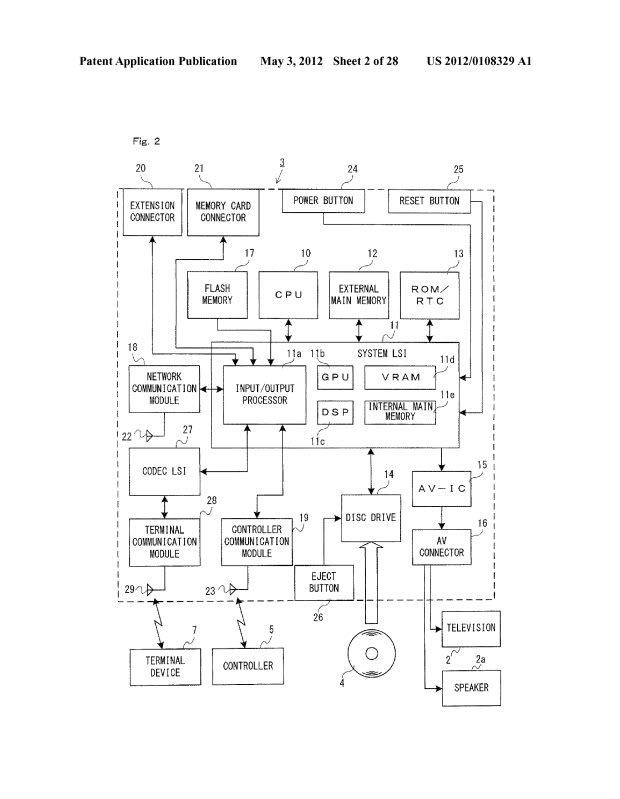IllusionistK
Newcomer
Idea for next-gen power consumption: According to the Anandtech and Guru3D GTX 690 reviews, it consumes well under 300w during gaming(260-270w across both reviews) and that's clocked at 915Mhz with four gigabytes of GDDR5 which, of course, is mirrored, but still consuming power.
-Under clock the core, shader, and memory further
-Half the RAM
-Consider the board power consumption, etc..
I can see a 200w, 3072 core fit inside a console if the thermal design of said console is raised to 250-300w. The desktop GTX 680 or 670 is already rumored to be in the next high-end notebooks, though the core will be binned and of course under-clocked.
With 18+ months before launch, the 20nm process taping out at TSMC/GF in Q4'12, I don't believe its unrealistic to look at whats currently on the market, both in terms of PC hardware and technology, to make very close predictions about the hardware and technology that we'll see in a 2013 console.
-Under clock the core, shader, and memory further
-Half the RAM
-Consider the board power consumption, etc..
I can see a 200w, 3072 core fit inside a console if the thermal design of said console is raised to 250-300w. The desktop GTX 680 or 670 is already rumored to be in the next high-end notebooks, though the core will be binned and of course under-clocked.
With 18+ months before launch, the 20nm process taping out at TSMC/GF in Q4'12, I don't believe its unrealistic to look at whats currently on the market, both in terms of PC hardware and technology, to make very close predictions about the hardware and technology that we'll see in a 2013 console.







